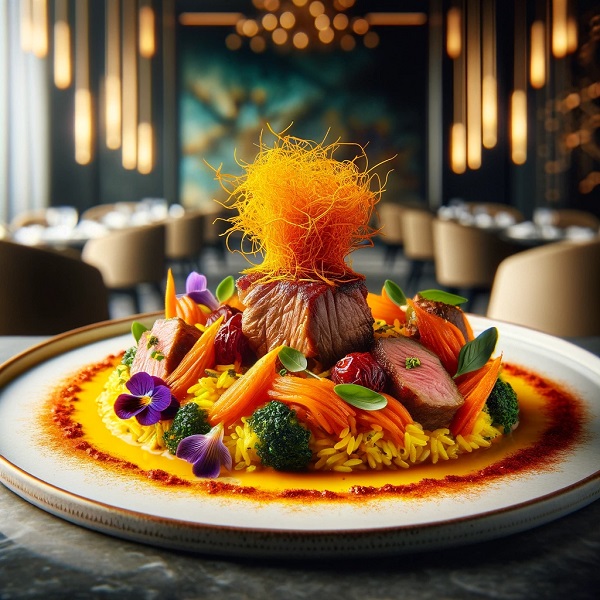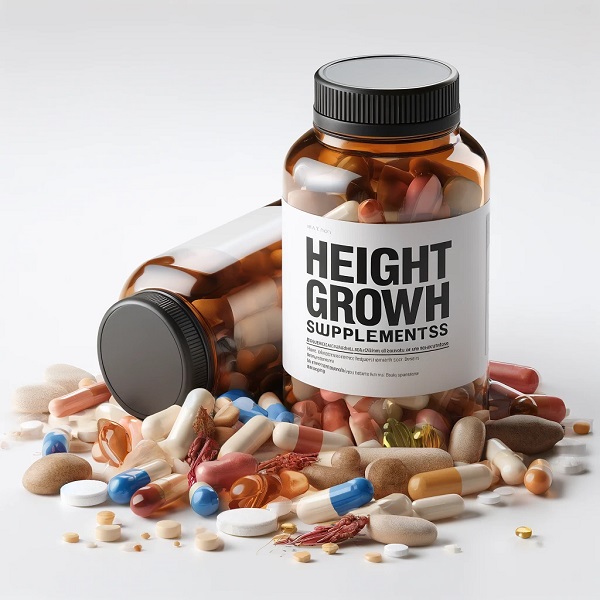
Saffron: The Golden Spice of Life
Kay
- 0
Ever wonder why saffron is so expensive? It has been said that saffron is worth its weight in gold and there might be some grain of truth in that statement. The famed spice is so expensive that a mere two teaspoons of it in a dish would cost a couple of hundred dollars. Now you know why you very rarely find it in bulk quantities in your local grocery store. What makes it so special and coveted? I decided to find out. With a history dating back to the ancient times of Greeks and Romans, a flavour that is like no other, thousands of years of healing remedies, and a host of worldwide uses in food that transcends cultures and continents, let’s unravel what makes saffron so cool.
What is Saffron?
Saffron is the spice obtained from the flower of the saffron crocus (Crocus sativus). Each flower produces three stigmas, which are collected and dried, but the process is complicated and labor-intensive, and that is why saffron is so expensive.
The History of Saffron
The spice saffron has a history of more than 3,000 years, famous not only due to its use as a flavoring and a coloring agent in foods around the world but also for its medicinal usages. It has been used by ancient Egyptians, Greeks, and Romans as a spice for dyes, perfumes, poisons and traditional medicines.
The Cultivation of Saffron
Where is Saffron Grown?
More than 90 per cent of the world’s supply comes from Iran – other major producers are India, Greece, Morocco and Spain. Saffron thrives in hot, dry summers and cool, wet winters.
The Saffron Harvest
Collecting saffron is a slow and complicated business. Fieldworkers must gather the delicate stigmas from every flower and perform this manual labor in the early morning, before the sun rises. Depending on the characteristics of each variety, it takes some 75,000 individual crocus flowers to produce a single pound of saffron.
Saffron in Cooking
Traditional Dishes
Saffron has long been a traditional ingredient in many a global culinary classic. Think of earthy biryanis, or sumptuous paella, fragrant with saffron. As a flavour enhancer and golden coloring, it adds a special touch to any dish.
Modern Uses
Chefs working in modern cuisine often find new uses for saffron, adding it to cocktails or desserts. Saffron ice-cream? Petit fours sprinkled with the threads? A saffron martini? Why not? In the kitchen, saffron belongs where you can find ways to use it.
The Health Benefits of Saffron
Nutritional Profile
Nutrient-rich from top to bottom – and inside and out – a little saffron goes a long way. From vitamins, minerals and antioxidants, saffron is high in manganese which helps maintain a proper balance for your blood sugar and is essential to bone and cartilage formation.
Medical Uses
Traditional medicine has used saffron for hundreds of years to boost happiness, memory and, of course, libido. But science is now starting to look at saffron and a collection of plant-based compounds that appear to help with depression, premenstrual syndrome and even weight loss.
Saffron in Beauty and Skincare
Natural Remedies
Saffron: not only for food. It doubles (or triples) up as an antioxidant, which is good for the skin, and will help reduce inflammation and gain a radiant complexion. Also, making a DIY saffron face mask is good for the complexion as well, providing brightening and soothing effects.
Commercial Products
Nowadays, due to its anti-ageing and rejuvenating properties, many skin-care brands have begun to use saffron in their serums and creams. It’s basically a spa day in the jar.
Saffron and its Economic Impact
Global Trade
Saffron is one the most expensive products that are traded in the world market. Iran is the largest producer in the world and hence plays an important role in the global saffron market. Saffron is one of the precious spices that are exported to other countries. Global’s saffron demand is increasing day by day.
Challenges and Sustainability
The labor force is getting smaller; global warming means successful crops have decreased due to the length of the growing season; the high cost of cultivation is leading to the continual movement of farmers in search of better prospects. Don’t be surprised if we see less and less saffron make its way to Australia in the future. If there’s any way to ensure we don’t, it will be due to increasing efforts in sustainable farming and the support of ethical and happy farming communities through fair trade.
How to Buy and Store Saffron
Choosing Quality Saffron
Don’t buy imitation saffron, or what Marshall calls ‘yellow glitter pretending to be saffron’. Look for saffron with deep red stigmas and an aroma that is ‘slightly but not overpoweringly honeyed’. Avoid crumbled or dusty saffron sticks, which are too old and won’t provide much flavour. Never buy cheap saffron. Instead, opt for the higher quality and a reasonable price. Saffron is too precious to buy from just anyone.
Proper Storage Techniques
It’s important to remember to store your saffron in an airtight, dark place away from moisture to ensure it stays fresh and maintains its pungency and colour. A cool, dark place is suitable. Storage is one thing that anyone can do to make sure your spice lasts a long time, and thus that your money is utilized.
Conclusion
For these reasons, saffron has long been much more than just a spice. It’s a vestige of a gilded past when kings botanized on sunlight with sybaritic vines; and a testament to eternity. It’s a vestige, too, of our noble human history, still unleashing restorative qualities in an age of health. Today, saffron possesses sex appeal, and in the future it might remain an indispensable element in the kitchens of famous chefs in famed restaurants worldwide.
FAQs
What makes saffron so expensive?
Saffron’s sky-high cost is based on the immense effort involved in picking the flowers at just the right time, and in having to pick millions to arrive at a few grams of spice.
Can saffron be grown at home?
Yes, it is technically possible to cultivate saffron at home, if conditions are right and if the climate is suitable.
How can I tell if my saffron is authentic?
Genuine saffron stigma is deep red with a slightly honeyed smell. Yellow and pale-streaked saffron is to be avoided.
What are some common dishes that use saffron?
Saffron is commonly used in dishes like biryani, paella, risotto, and various desserts.
Are there any side effects of consuming saffron?
Saffron is usually safe, but doses above 5g per day can bring on nausea, dizziness, and allergic reactions. Saffron is expensive and requires large amounts to have a clear effect, too. If you decide to take herbal treatments, it’s important to speak to your doctor about the potential interactions with your prescribed medications. Another important point that many people, including doctors, underestimate is the fact that illnesses often arise due to lifestyle choices or toxic environmental circumstances. It’s important to examine the impact that your home and workplace have on your physical isolation and the isolation of your community.
Samsung Note 20 iPhone 11 iPhone SE Samsung Galaxy Z Fold2 Samsung Note 20 LG V60 ThinQ LG Velvet Samsung Note 20 LG K40


